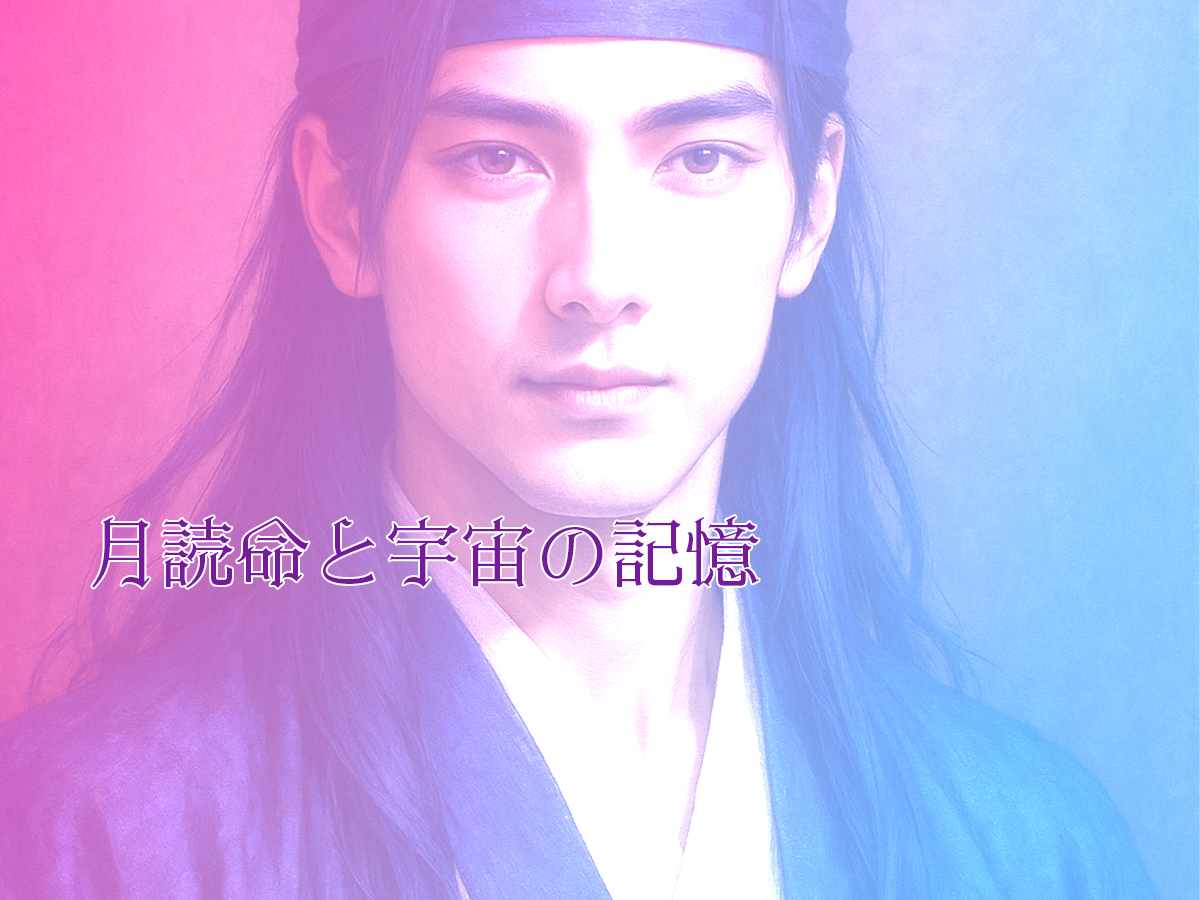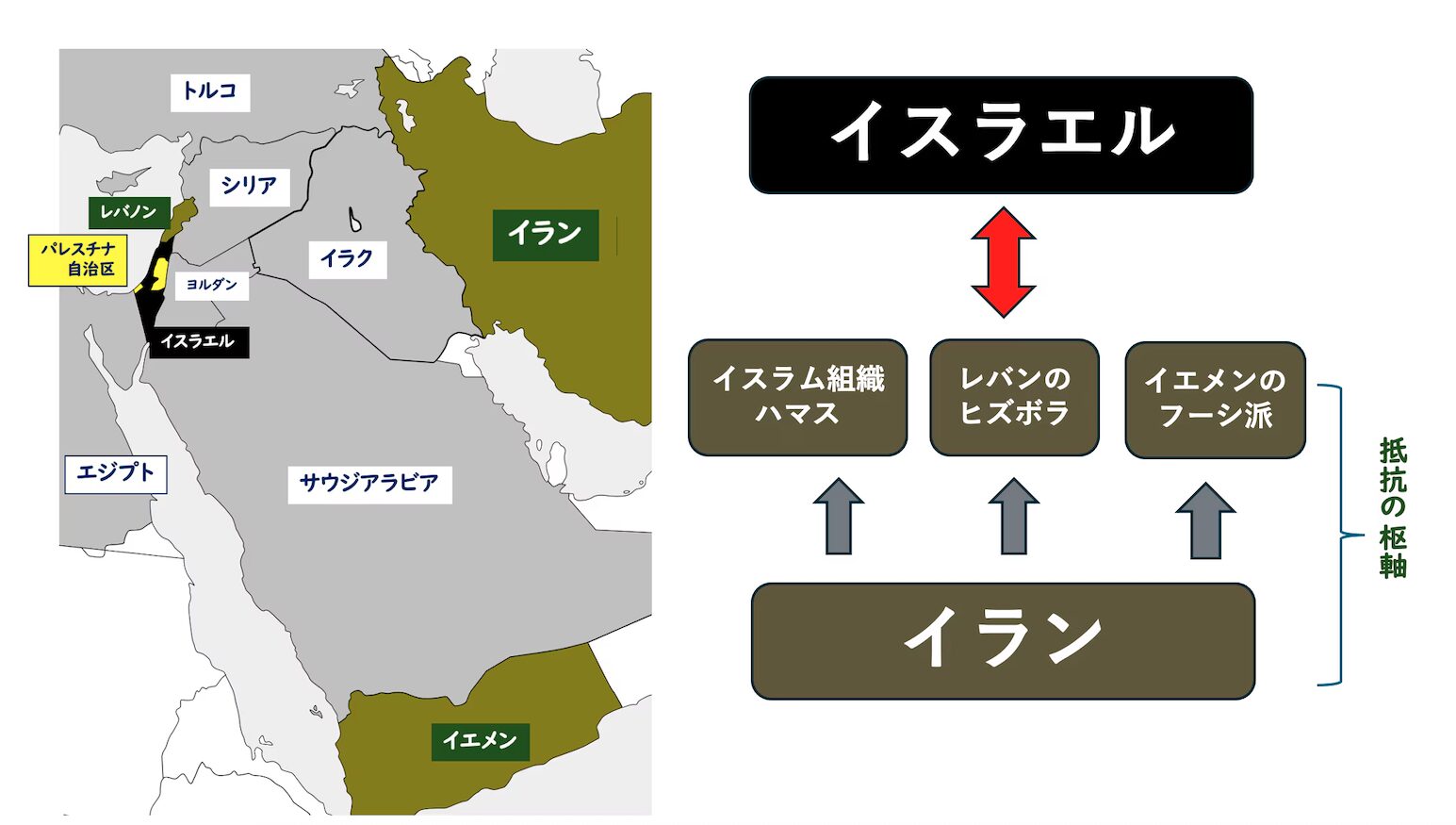When you hear “Urashima Taro,” everyone recalls the fairy tale of the boy who saved a turtle and went to Ryugu-jo (the Dragon Palace). But what if this story concealed an ancient history and a mysterious cosmic perspective?
- Urashima Taro = Urashimako Was a Real Person
- Tsukuyomi-no-Mikoto and the Management of the Spiritual Realm
- Kaguya-hime as an ET, Perhaps Tsukuyomi’s Twin Flame?
- The Relationship Between Ashtar and Tsukuyomi-no-Mikoto: A Soul Reflection
- The Lineage of Japanese Souls: Descendants of the Tiamat People
- Summary
Urashima Taro = Urashimako Was a Real Person
There’s a theory that the prototype of Urashima Taro was an actual person named Urashimako (浦嶋子). According to the ancient document Takenouchi Monjo, Urashimako rescued a miko (shrine maiden) who was about to be assaulted by villagers and later married her. This event was then sublimated into the story of the beautiful undersea palace, “Ryugu-jo.”
The depiction of the miko as a “turtle” can be seen as an expression of ancient Japanese symbolism, where sacred beings were represented by animals. And this Urashimako was a man belonging to the Tsukuyomi tribe, leading to the suggestion that “Urashima Taro = descendant of the Moon People.”
Also, on a side note, Gulliver’s Travels by Jonathan Swift isn’t just satire. The land of Brobdingnag (the land of giants) that Gulliver visited is also said to be a memory of the ancient, actual giant races (Nephilim and some Anunnaki) that existed on Earth.
- Gulliver = one who inherited the blood of giants (or an observer thereof)
- The possibility that an ancient, “real super-giant civilization” was sealed within the story.
And Speaking of the Tsukuyomi Tribe…
The term “Tsukuyomi tribe” typically derives from Tsukuyomi-no-Mikoto (月読尊), the moon deity in Japanese mythology. Tsukuyomi-no-Mikoto is the god who governs the night and was commanded to rule the night realm (Yorunokuni or “Food Country”).
The term “Tsukuyomi tribe” generally doesn’t refer to a specific ethnic group or collective. However, in some cases, it can be used in the following senses:
- People who value the moon’s movements: People who emphasize the moon’s movements and calculate the calendar using a lunar calendar are sometimes called the “Tsukuyomi tribe.”
- People who worship the moon god: People who enshrine Tsukuyomi-no-Mikoto or worship the moon god are sometimes called the “Tsukuyomi tribe.”
It’s Tsukuyomi-no-Mikoto (月読命). There’s very little mention of this deity in the Kojiki or Nihon Shoki, and their true nature is so shrouded in myth that information is scarce, making it difficult to summarize (apologies!). However, it’s said that this deity has an astronomically high number of reincarnations and currently oversees and manages the reincarnation system in the spirit world. Perhaps they are a deity of few words? A cool, deeply loving, handsome figure?
They exist in the 10th dimension or higher, so it’s difficult for anyone who can’t perform high-level channeling to connect with them. That’s why there’s even less information.
The Relationship Between the “Yuezhi (Gesshi),” “Jews,” “Hata Clan,” and “Tsukuyomi-no-Mikoto”
1. What are the Yuezhi (月氏)?
The Yuezhi were a nomadic people who existed in Central Asia from before the common era, known as the Tocharians or Da Yuezhi (Great Yuezhi). They prospered through East-West trade (the Silk Road) and later expanded their influence into northern India. They are also said to have had contact with Buddhism and Zoroastrianism, potentially interacting with ancient Jewish and Persian cultures. The character “月” (moon/month) in “Yuezhi” sometimes leads to suggestions of a connection with Tsukuyomi-no-Mikoto.
2. Relationship with Jews: The Yuezhi and the Lost Ten Tribes Theory
The theory that some of the ancient Jewish people (the Lost Ten Tribes of Israel) migrated to Central and East Asia is widely prevalent in Japan. Of particular interest is the observation of Jewish elements in Yuezhi culture. For example:
- Monotheistic tendencies.
- Disciplines similar to covenants and laws.
- Advanced knowledge of astrology and calendars.
These points suggest the possibility that Jewish nomads integrated into the Yuezhi, forming connections with the later “Hata clan.”
3. What is the Hata Clan (秦氏)? Immigrants Connected to Jews and Yuezhi
The Hata clan is said to be a clan that immigrated from the continent around the time of Emperor Ōjin (4th century CE). They brought advanced technologies to Japan, including:
- Silk weaving techniques.
- Metalworking.
- Scribe technology.
- Water management and civil engineering techniques.
They spread mainly from Uzumasa in Kyoto and prospered as later influential clans. The Hata clan is often said to be “descendants of Jews,” with evidence including:
- Similarities between Jewish culture (e.g., Ark of God, structure of Torii gates).
- The theory that “Uzumasa” in Kyoto’s Uzumasa is derived from “Uzumezza” (Hebrew for “prosperous people”).
- Distribution of Israel-like place names (e.g., Isera, Yahata).
It is highly probable that the ancestors of the Hata clan had connections with the Yuezhi = Da Yuezhi, who possessed Jewish culture.
4. Relationship with Tsukuyomi-no-Mikoto
Here, the connection with Tsukuyomi-no-Mikoto (月読命) emerges. Tsukuyomi-no-Mikoto is the god who governs night, the moon, the afterlife, and the spiritual world. In Japanese mythology, this deity is one of the “Three Noble Children” (三貴神) along with Amaterasu Omikami and Susanoo-no-Mikoto. Due to the extreme scarcity of information on Tsukuyomi-no-Mikoto, this deity has been a subject of research as a “sealed god” or “unrecorded god.”
Points of interest here include:
- Consistency regarding “moon” (name, symbolism).
- Spiritual attributes as a manager of the spiritual realm and reincarnation.
- The prevalence of “moon deity” systems among the deities worshipped by the Hata clan.
From these, there’s a theory that Tsukuyomi-no-Mikoto was a symbolic figure of “moon deity worship” common to the Yuezhi, Jews, and Hata clan.
Furthermore, from a spiritual perspective, Tsukuyomi-no-Mikoto is regarded as a divine spirit governing the spiritual realm and the cycle of reincarnation, and there’s a theory that this deity was once a leader of the “Moon People” = Tsukuyomi tribe who descended to Earth.
Everyone’s influence is too massive, even after coming down to Earth! Tsukuyomi-no-Mikoto might have been quietly doing a lot behind the scenes.
Tsukuyomi-no-Mikoto and the Management of the Spiritual Realm
Since ancient times, the moon has been described as a symbol of “death and rebirth” and the “unseen world (spiritual realm).” The moon’s waxing and waning cycle is said to symbolize the very cycle of reincarnation, repeating birth, death, and rebirth.
The spiritual realm is an intermediary domain where souls temporarily reside after death, and it is where the reincarnation system is managed. Tsukuyomi-no-Mikoto is a high-dimensional being who adjusts the process of soul rebirth, ruling the inner and unconscious realms symbolized by the tranquility of “night” and the “moon.”
Let’s also touch upon the Tsukuyomi-no-Mikoto = Anubis theory. Anubis, the guide of the dead in Egyptian mythology, has roles and characteristics very similar to Tsukuyomi-no-Mikoto in terms of their connection to the moon and the afterlife.
Egyptian Mythology, Deity List: Anubis (This link from the original text directs to a Japanese website about Anubis.)
Kaguya-hime as an ET, Perhaps Tsukuyomi’s Twin Flame?
Kaguya-hime is depicted as an extraterrestrial being. The “shining ship” she rode suggests a UFO, and she herself is said to have been from the “Tsukuyomi tribe,” meaning she had roots on the moon. Could fairy tales have been created this way?
There’s also a theory that the original Kaguya-hime was Tsukuyomi-no-Mikoto’s “twin flame.” Twin flames are male and female (or even same-sex) who originate from the same soul and exist separately. Their reunion is said to promote soul integration.
Furthermore, Kaguya-hime might be the same entity as Hina from Hawaiian mythology and Hotohar (Hathor) from Egyptian mythology, connecting her to a lineage of “moon goddesses” found across civilizations.
Connection to the “Lunar Dimension” in Modern Times
In spiritual and cosmic origin theories, the moon is not just a celestial body, but is also said to exist in another dimension and even function as an extraterrestrial spacecraft.
The Relationship Between Ashtar and Tsukuyomi-no-Mikoto: A Soul Reflection
Ashtar is a high-dimensional being known as a messenger of ascension. While some identify “Ashtar = Enki,” the Ashtar mentioned here is different from the Anunnaki Enki. This Ashtar is a leading representative of pure consciousness deeply connected to cosmic consciousness itself. (It seems Ashtar dislikes being called Ashtar 😉).
There’s also a theory that Tsukuyomi-no-Mikoto and Ashtar are “twin souls,” and their vibrational frequencies and spiritual qualities are said to be very similar. They share a connection at the soul level, each playing a role in “harmony,” “transformation,” and “evolution” in different dimensional realms.
According to channeler information, Ashtar supposedly said that “outside the canopy is not a physical dimension, so matter cannot exist.”
Connection to Twin Souls
Tsukuyomi-no-Mikoto is a sibling deity (or is it?) to the sun goddess Amaterasu Omikami, and together with Susanoo-no-Mikoto, they are called the “Three Noble Children.” However, in recent spiritual interpretations, these three deities are also said to be twin flames (a triune soul), deeply connected at the soul level.
As the orchestrator of souls, Tsukuyomi-no-Mikoto is sometimes believed to have the role of governing “which soul is reborn in which era, with what kind of lessons.”
The gods are not merely objects of worship, but are the very structure of our souls.
The Lineage of Japanese Souls: Descendants of the Tiamat People
Japanese people are said to be descendants of Lemuria with Tiamat-system souls, unlike the humans created by the Anunnaki. This also means they inherit a pure spiritual legacy derived from the cosmic source. Therefore, the existence of figures like Tsukuyomi-no-Mikoto, Kaguya-hime, and Urashimako are not just myths or fairy tales, but “codes” that awaken the memories of our souls.
Summary
The truth of Urashima Taro lies in the spiritual journey of Urashimako, a descendant of the Moon People, the Tsukuyomi tribe. His story with the miko (turtle) might symbolize cosmic love, reincarnation, and soul integration.
And the stories of high-dimensional beings like Tsukuyomi-no-Mikoto, Kaguya-hime, and Ashtar are not mere myths or legends, but quietly teach us where our souls, living today, once came from and where they are headed.
Tsukuyomi-no-Mikoto (Tsukuyomi) is known as the “god of the moon” in Japanese mythology, yet their true nature is extremely enigmatic. While the Kojiki makes no mention of them, the Nihon Shoki states they were shunned by Amaterasu Omikami after slaying the food god Hōshoku-no-Kami, and subsequently rarely appeared, being considered a shadow god. But then again, it’s just the Kojiki after all. That applies to all of them.
Despite all this, Tsukuyomi-no-Mikoto continues to watch over human souls as a manager in the spiritual dimension.
This is a deep dive into alternative historical and spiritual narratives, offering a rich tapestry of interconnected concepts. It challenges conventional understandings of mythology and suggests a hidden cosmic lineage for humanity.



コメント